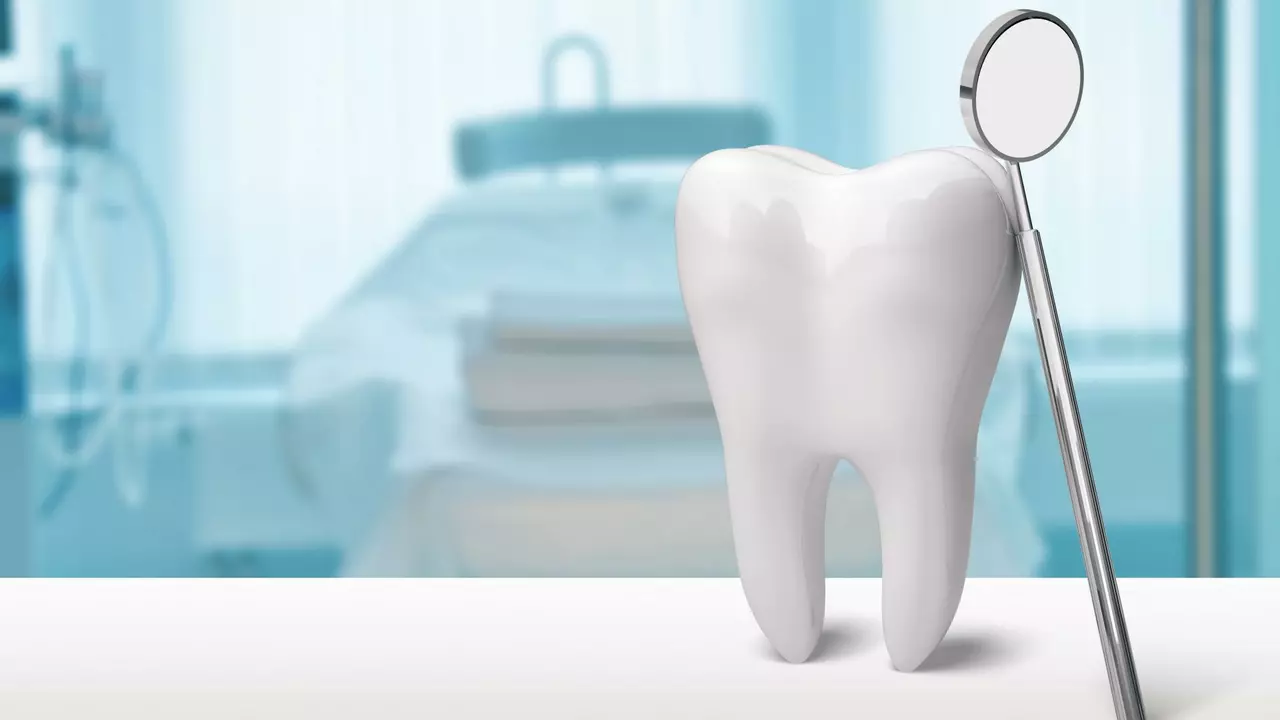If you want a bright smile that lasts, start with the basics of dental health. Good oral care isn’t just about looking good; it stops pain, saves money, and keeps you feeling confident. Below are everyday actions anyone can follow to protect teeth and gums without spending hours in front of the mirror.
The foundation is brushing correctly. Use a soft‑bristled brush, put a pea‑size dab of fluoride toothpaste on it, and move the brush gently in small circles. Aim for two minutes, twice a day – morning and night. Many people rush at bedtime; set a timer or play your favorite song to hit the full time.
Flossing often feels like a chore, but one missed day can let plaque build between teeth where the brush never reaches. Slip a piece of floss up and down each side of the tooth, curving it around the gum line. If traditional floss is tough, try floss picks or water flossers – they work just as well.
Don’t forget your tongue. Bacteria love to hide there, causing bad breath and extra plaque. A quick swipe with a tongue scraper or the back of your brush finishes the cleaning routine.
Regular check‑ups catch problems before they become emergencies. Schedule a visit at least twice a year even if you feel fine. The dentist will clean stubborn tartar, spot early decay, and give personalized advice.
If you notice bleeding while flossing, persistent bad breath, or sudden tooth sensitivity to hot or cold foods, book an appointment right away. These signs often point to gum inflammation or a cavity that needs treatment.
People with diabetes, smokers, or those who chew tobacco should see the dentist more often. Their gums are at higher risk for disease, and early detection can prevent serious complications.
Beyond appointments, watch your diet. Sugary drinks and sticky snacks feed the bacteria that cause decay. Swap soda for water, choose fresh fruit over candy, and chew sugar‑free gum after meals to boost saliva, which naturally cleans teeth.
Finally, protect your smile during sports or nighttime grinding. A mouthguard shields teeth from impact, while a night guard reduces wear caused by clenching.
Putting these simple steps into daily life makes dental health feel easy, not overwhelming. Brush, floss, watch for warning signs, and keep up with regular dentist visits – that’s the recipe for a strong, healthy smile you can rely on.

I recently came across the topic of osteodystrophy and its effects on dental health, which I found quite intriguing. Osteodystrophy is a condition that affects bone metabolism and can have a significant impact on our teeth and gums. It is important for us to understand the link between these two aspects of our health, as it can help us take better care of our oral hygiene. In my research, I discovered that proper dental care and regular check-ups are crucial in managing this condition. I'll be sharing more information on this topic in my upcoming blog post, so stay tuned!

As a blogger, I've recently been researching the connection between Tamsulosin and dental health, and I'd like to share some key points with you all. Tamsulosin is a medication commonly used to treat benign prostatic hyperplasia (BPH), and it has been found to potentially impact dental procedures. One significant concern is the risk of increased bleeding during dental surgery, which may require dentists to take additional precautions. Individuals taking Tamsulosin should always inform their dentist about their medication history to ensure safe and effective dental care. Ultimately, understanding the link between Tamsulosin and dental health is essential for both patients and dental professionals.

As a dental health enthusiast, I recently learned about the fascinating connection between calcium acetate and dental health. Calcium acetate, a compound found in some dental products, helps to combat tooth decay and promote healthy gums. It works by neutralizing the acids in our mouth, which are responsible for breaking down tooth enamel. Additionally, calcium acetate aids in remineralizing our teeth, making them stronger and more resistant to cavities. Incorporating dental products containing calcium acetate into our oral hygiene routine can significantly improve our overall dental health.
This article delves into how Losartan, a medication commonly used for hypertension, may have potential benefits in lowering eye pressure in glaucoma patients. By examining recent studies and scientific findings, we explore the mechanism behind Losartan’s effects on intraocular pressure and offer practical insights for those managing glaucoma.
Debunking common medication safety myths with facts backed by CDC, FDA, and pharmacy data to help patients avoid dangerous errors and take their meds safely.
Learn where to find trusted online pharmacies, compare prices, verify legitimacy, and safely purchase cheap generic clindamycin with step‑by‑step guidance.
In my recent deep dive into the workings of Ornidazole, I found that it operates as an effective antibacterial and antiprotozoal medication. It primarily fights against infections by damaging the DNA of the pathogenic microorganisms, preventing them from reproducing or spreading further. Ornidazole selectively targets and enters bacterial cells, then interferes with their genetic material. This intricate process ultimately leads to the death of the bacteria or protozoa, effectively treating the infection. With its unique mechanism, Ornidazole is a powerful tool in our medical arsenal.
In my recent research, I've discovered that Tetracycline, a type of antibiotic, is remarkably effective in treating cholera. This disease, commonly spread through contaminated water, can be devastating but Tetracycline helps to reduce both the severity and duration of symptoms. It works by inhibiting the bacteria's protein synthesis, helping to prevent the disease from progressing. It's great to know that this antibiotic can be a game-changer in cholera-ridden areas. However, it's important to remember that prevention, through clean water and sanitation, is always the best cure.